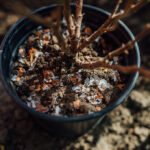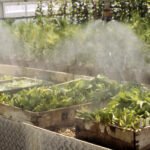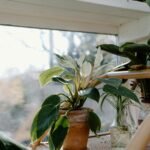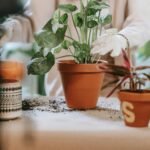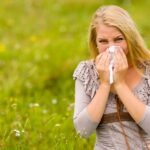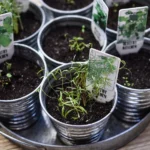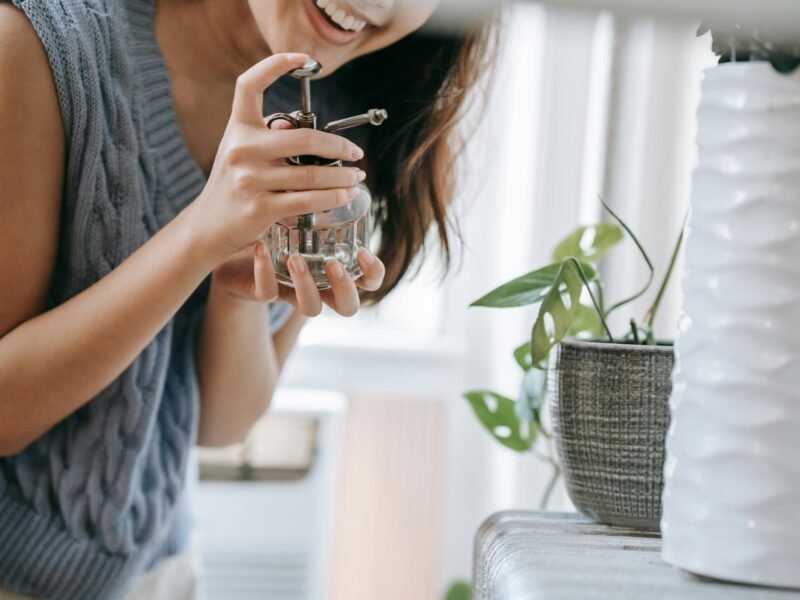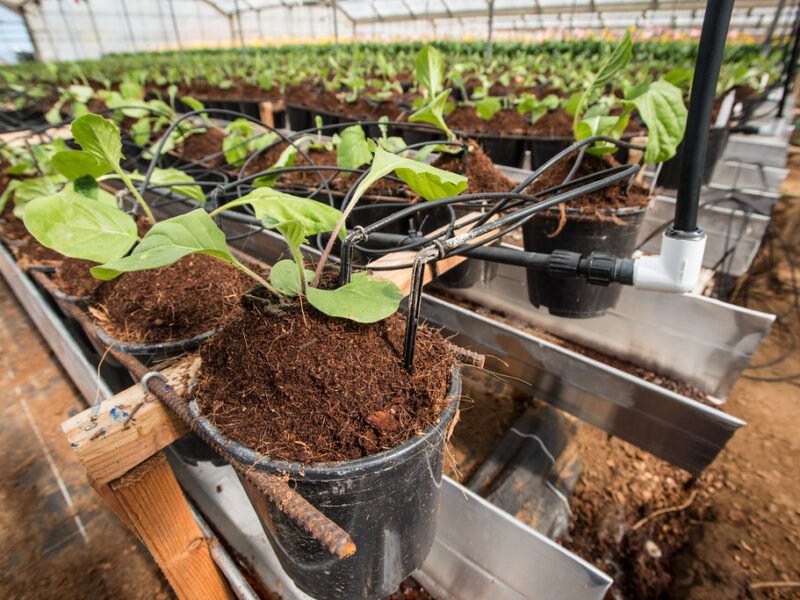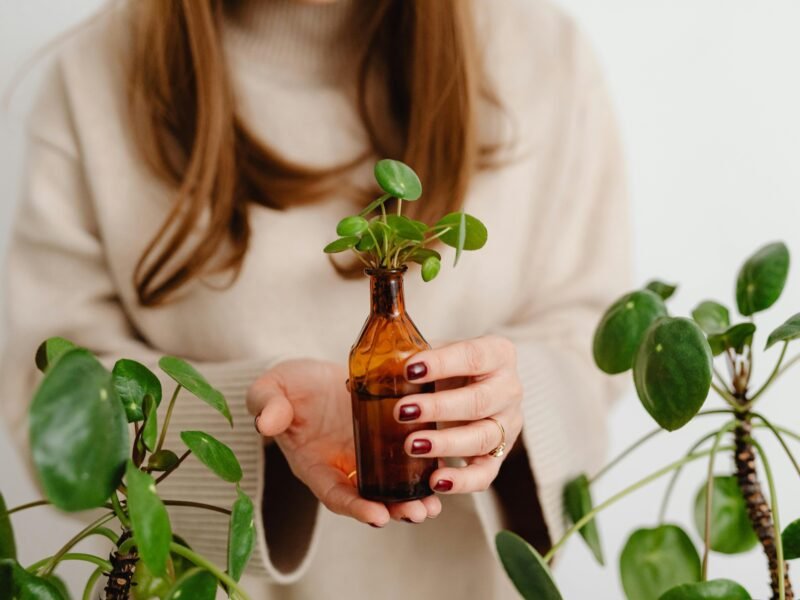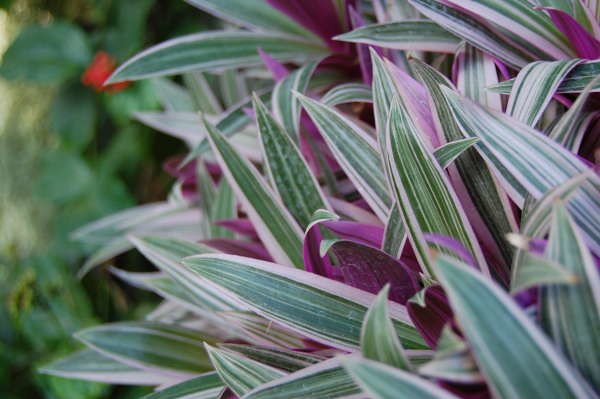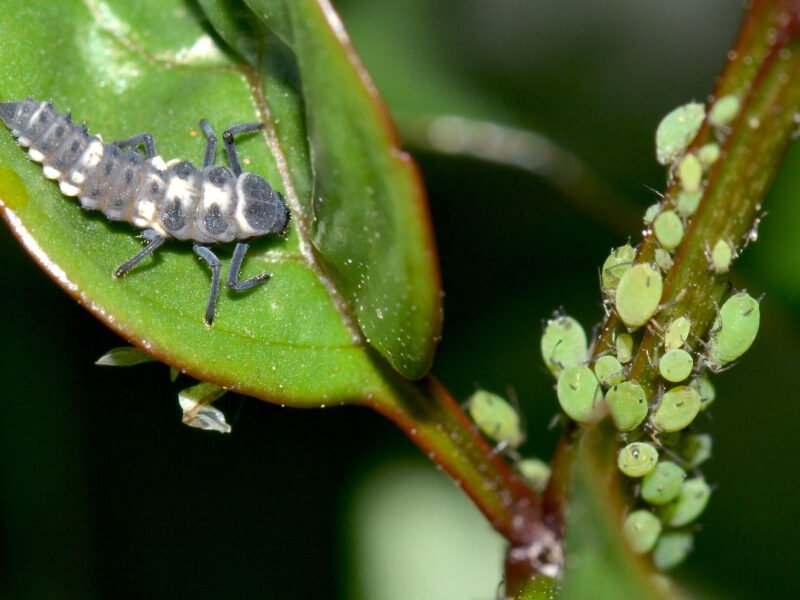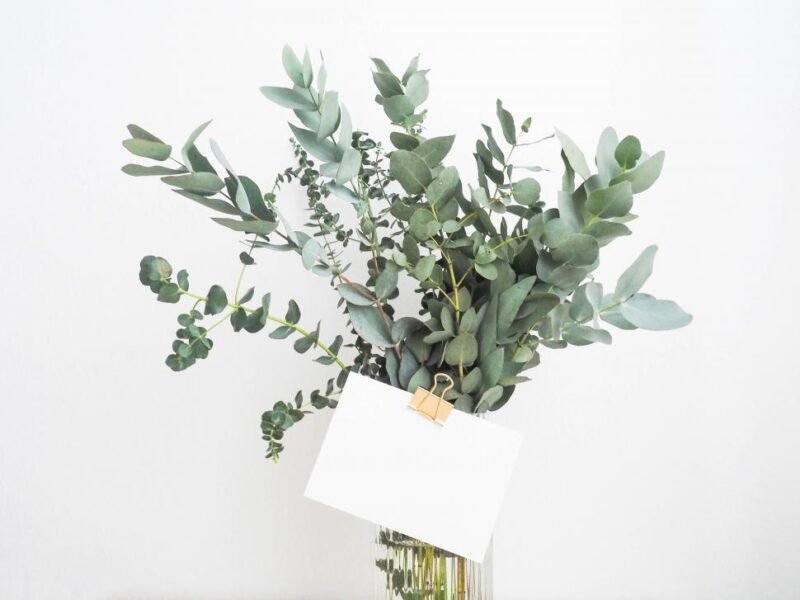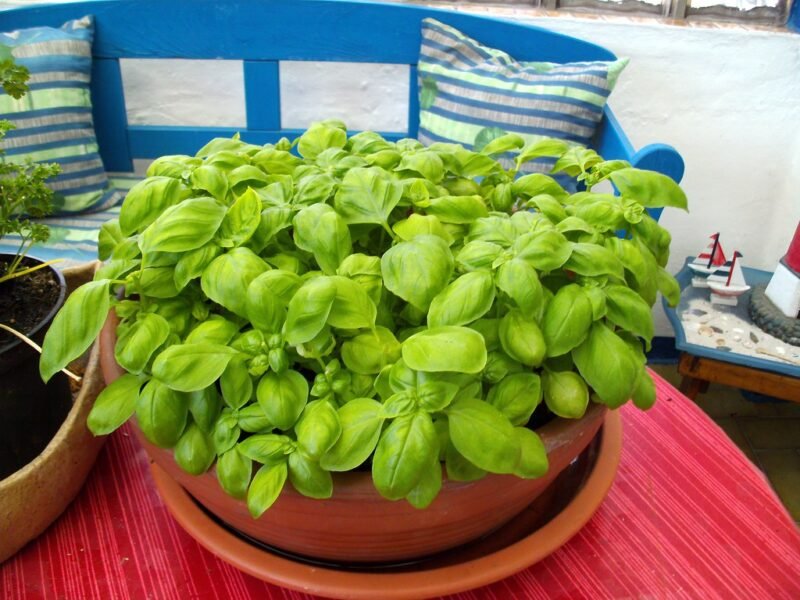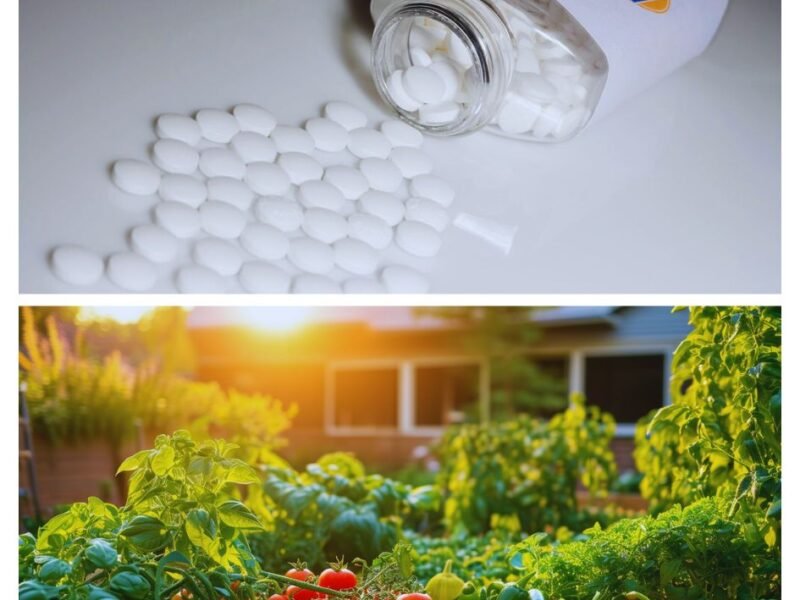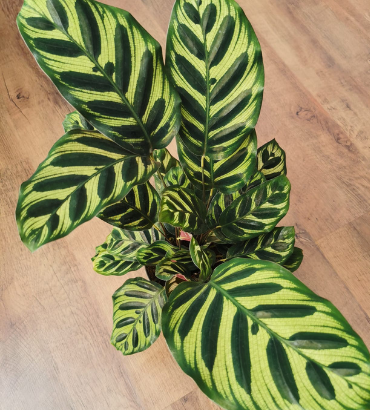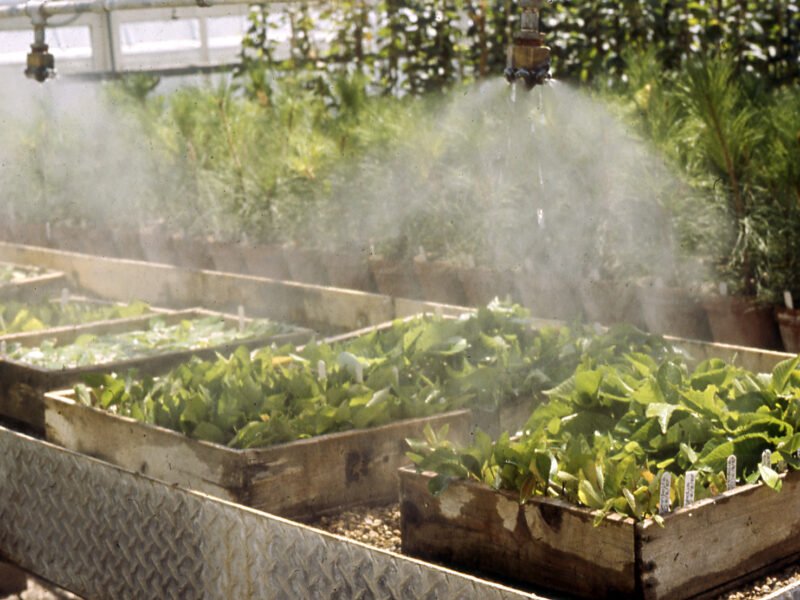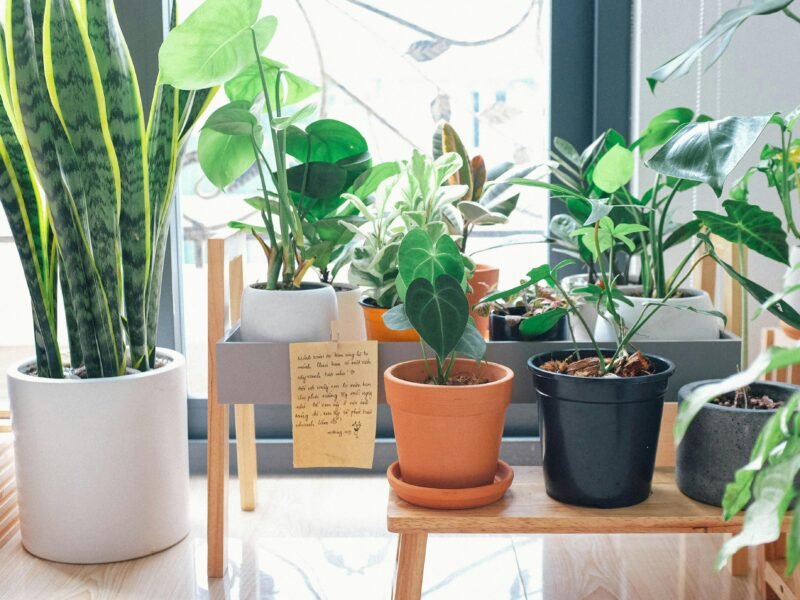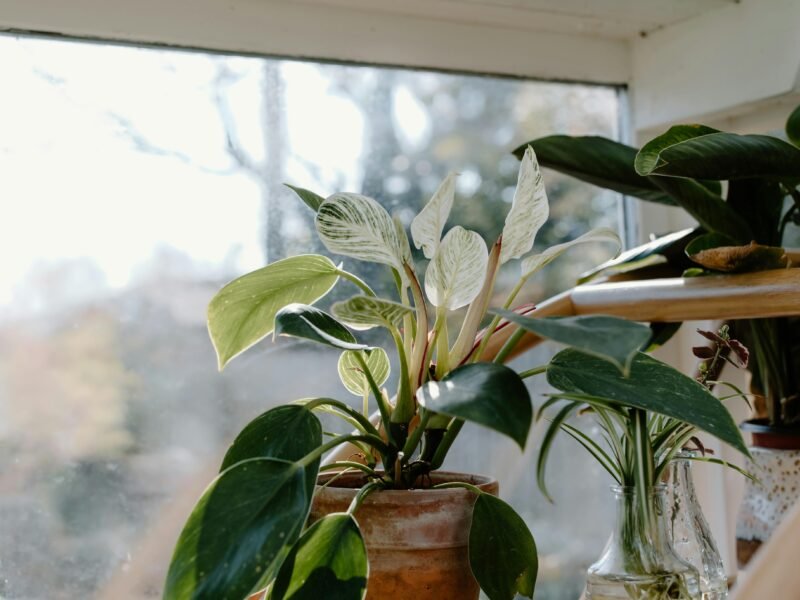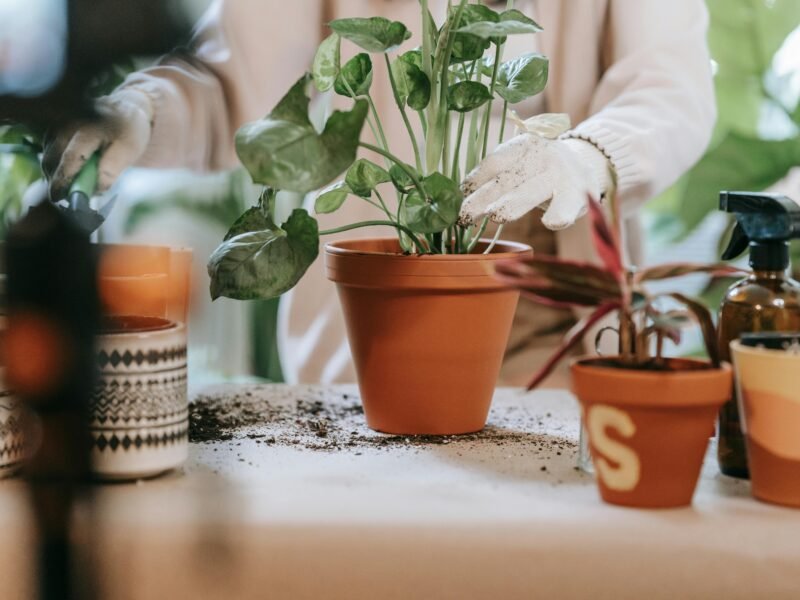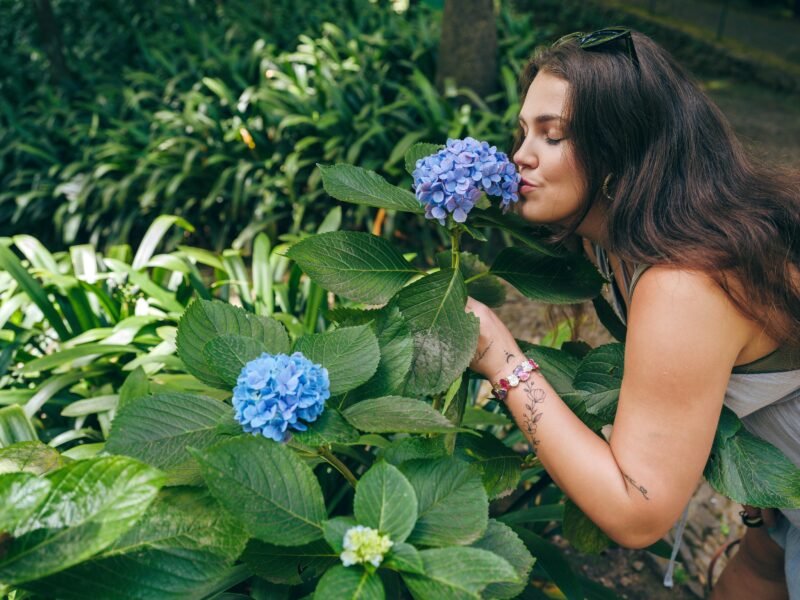Houseplant Insects, Diseases and Solutions
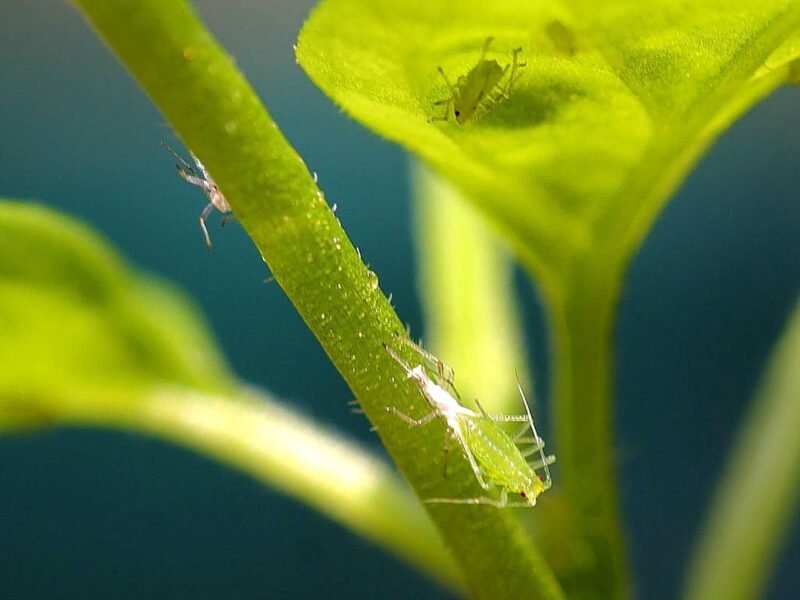
Understanding houseplant insects is a significant challenge for every indoor grower. If left unchecked, the damage caused by these little insects can ruin your favorite plants. Even without your knowledge, houseplant insects can go from yellow leaves to stunted growth. No matter if you have aphids, spider mites, fungus gnats, or mealybugs around your houseplants, it is always essential to recognize the problem asap and get proactive in order to save your precious green! However, there are a variety of means to combat these pests, from natural alternatives to chemical treatments.
Identifying and treating houseplant insects is one of the secrets to a successful indoor garden. This guide will explain the most common houseplant pests, how to identify them, and how to eliminate them. Learning about these pests will help you identify and cure them so that your plant remains healthy and full of life all season long. If you’ve been growing plants indoors for years or are just thinking of starting your first indoor garden, it’s important to know how houseplant pests can affect your carefully cared-for plants.
Table of Contents
ToggleCommon Houseplant Insects
This list of houseplant insects is not exhaustive but represents some of the most common houseplant enemies that you will probably encounter.
Aphids
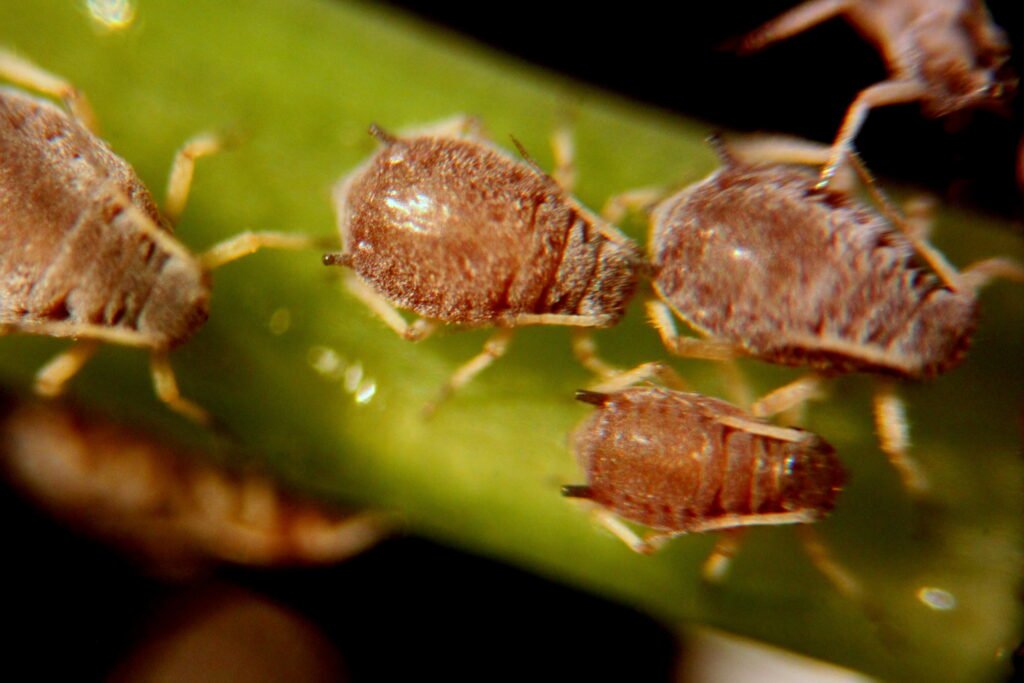
Identification: Aphids are common houseplant insects. They are small, soft-bodied, and can be green, black, brown, or red. Aphids tend to aggregate on new growth and the undersides of leaves.
Injury: Aphids suck plant cell sap, causing the wilting of young shoots and leaves, turning yellow with a sticky coating over the surface parts.
Solution: natural predators such as ladybirds or lacewings. You can also try insecticidal soap or neem oil. Inspect plants regularly and remove any aphids you can see.
Spider Mites
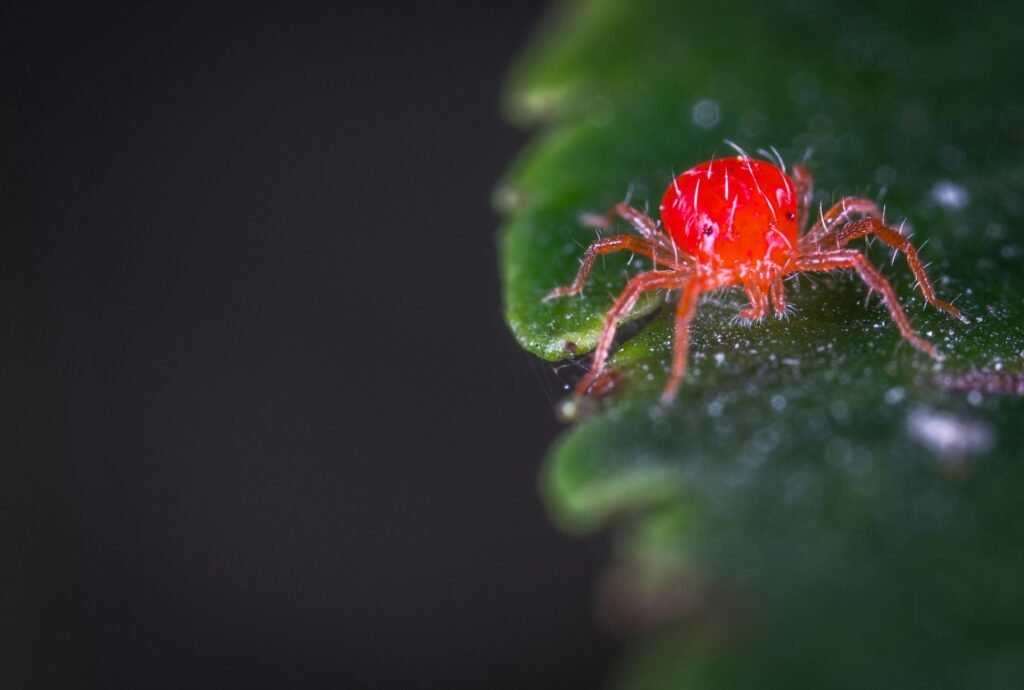
Identification: Spider mites are tiny houseplant insects, frequently red or orange, and will construct fine webs on plant surfaces. Some are so small that you may have to use a magnifying glass to view them.
Damage: Yellowing, stippling of the leaf, and the foliage dropping prematurely. There is also a fine webbing that can be seen on plant surfaces.
Solution: Increase humidity around the plant, as spider mites like living in dry surroundings. Try a strong spray of water to help remove mites, or use miticides or neem oil. Misting your plants often and humidity are both good prevention strategies.
Mealybugs
Mealy journey mortality parvenu moths are modest, white-colored houseplant insects with cottony textile strings that will be specific to Divots. They secrete a waxy substance that looks like mould and readily get it confused with mould.
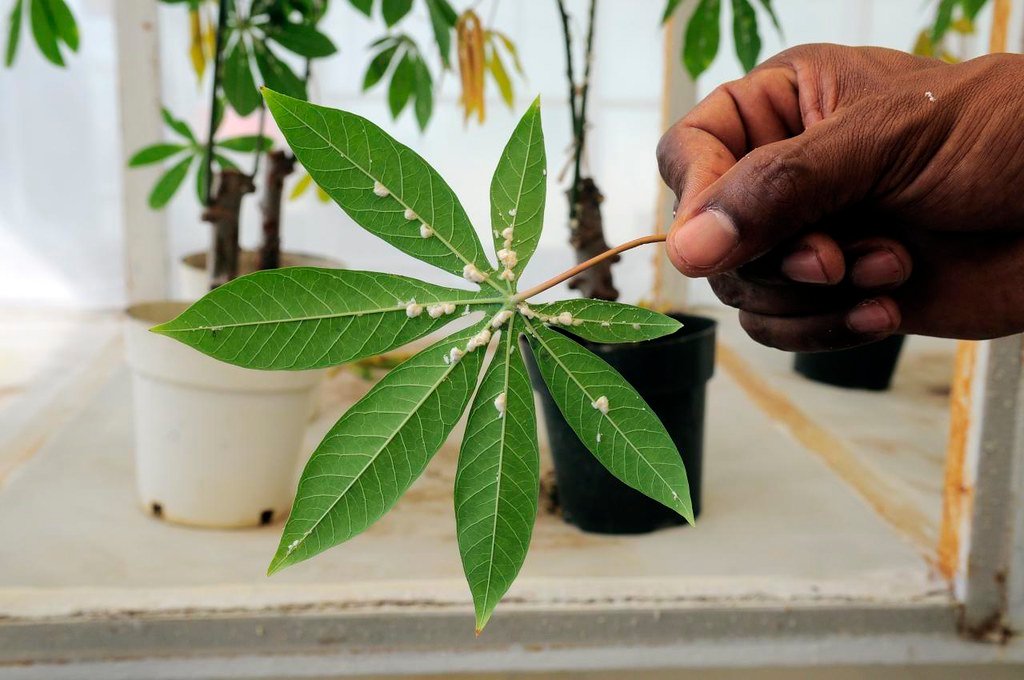
Damage: Suck plant sap; attack seed heads. In addition, they produce honeydew that promotes soot mound development.
Solution: Remove the mealybugs manually with a cotton swab dipped in alcohol or insecticidal soap. Then, bring in parasitic wasps or ladybugs. Inspect plants regularly and catch pests early.
Scale Insects
Scale houseplant insects look like tiny, spherical, or oval tunnies that live on plant stems, branches, and leaves. They may be brown, gray, or black and usually have a hard shell covering them.
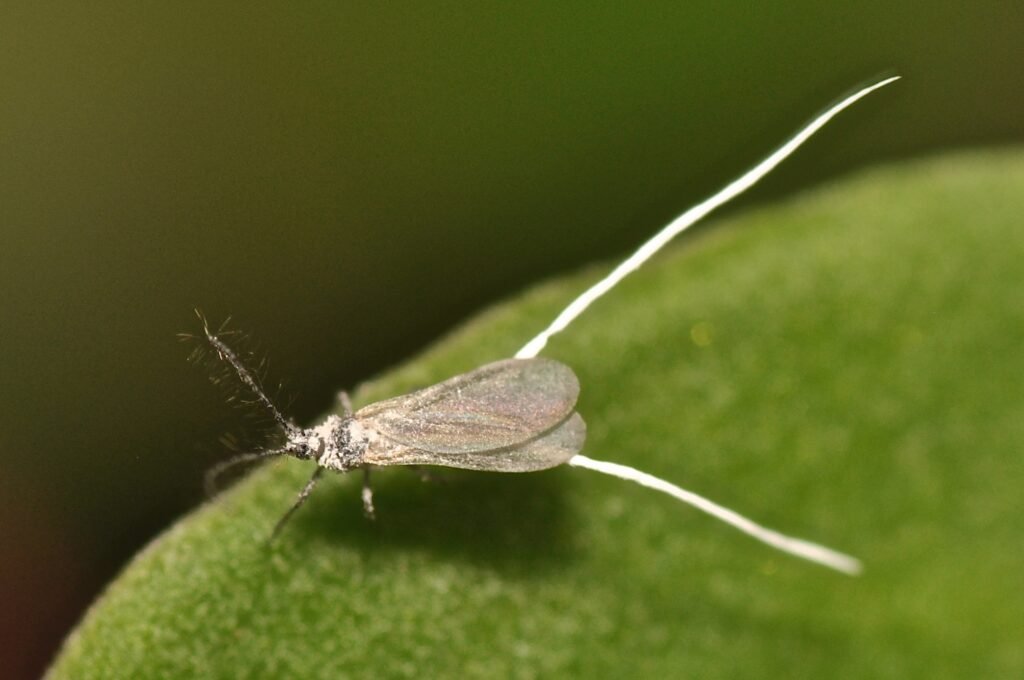
Feeding: Sucks sap from the plant, resulting in yellowing leaves and stunted growth; symptoms and damage
Treatment: Use a brush or neutral swab to clean the scales one by one. Treat affected areas with insecticidal soap or horticultural oil. Preventing severe pest infestations can prevent plant health from going south.
Whiteflies
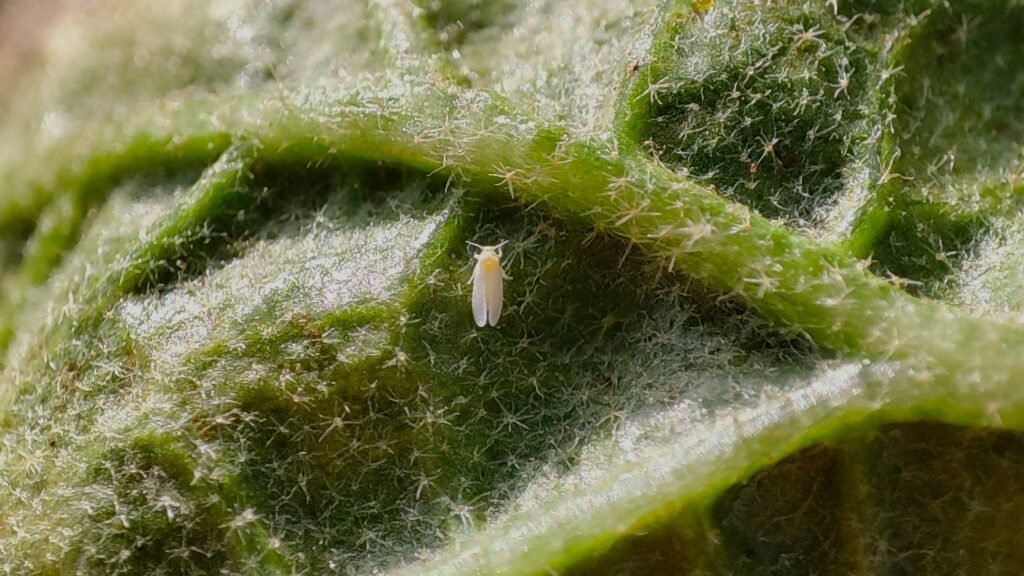
Whiteflies are small, white-winged insects that rise in clouds when the plant is disturbed, mostly on the bottoms of leaves.
Damage: These insects feed on plant sap, which causes the leaves to turn yellow. They can also contribute to sooty mould.
Solution: Use yellow sticky traps to catch adults. Treat with insecticidal soap or neem oil. Protect crop health and ventilation to control the number of white flies.
Fungus Gnats
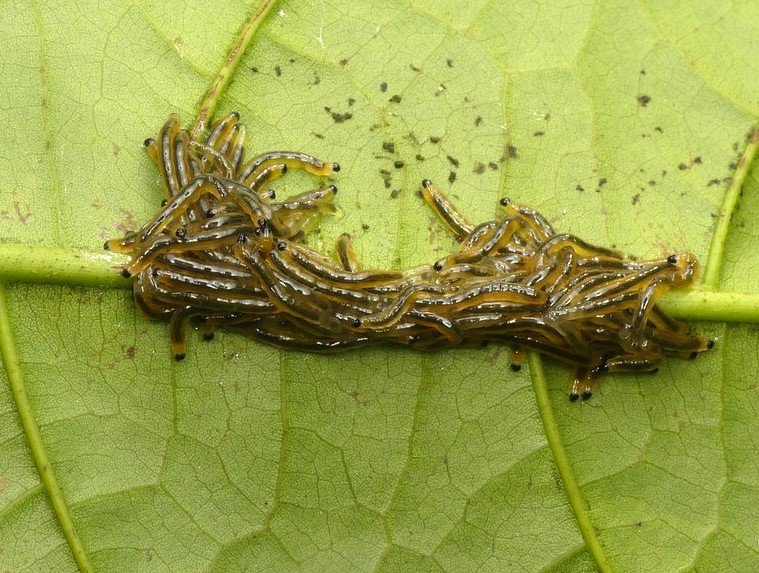
Fungus Gnats are like dark, small flies that hover over the soil surface. Their minute worm-like larvae live in the soil.
Damage: Gnats are scavengers that feed off organic matter in the soil but can damage plant roots and reduce root growth.
Solution: Water the soil when it has dried out, as gnats like dampness. Adults are attracted to yellow sticky traps, and you can similarly use beneficial nematodes that are sold specifically for controlling larvae in the soil. Learn more about indoor plant soil here.
Common Houseplant Diseases
Most common houseplant diseases are opportunistic, meaning they only establish themselves in weaker plants under poor growing conditions. One of the most important ways to prevent diseases from arising is to ensure ideal growth conditions. They include correct soil, spacing plants well, draft prevention, and the right range of temperature, humidity, sunlight, and water, as well as good drainage.
Powdery Mildew
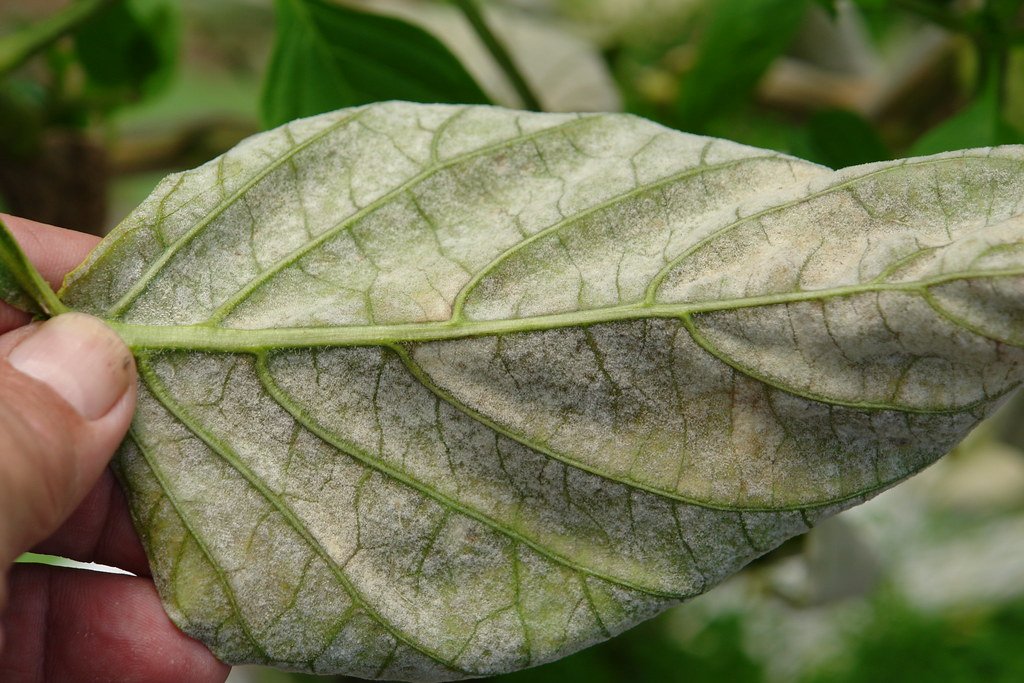
Identification: white, powdery spots on leaves, stems, and flowers. It loves to tuck in dry indoor spaces with bad ventilation.
Symptoms Damage It results in leaf deformation, yellowing, and premature dropping. In severe infections, it can also weaken and sterilize the plant.
Solution: Foster better air circulation around the plant and discontinue overhead watering. Prune off and destroy infected plant parts. Treat with fungicides or natural remedies such as water mixed with baking soda.
Downy Mildew
Downy mildew produces yellow, angular leaf spots with grey, downy growth underside leaves. This greenhouse pest thrives on high humidity and lack of air circulation.
Harm: It causes defoliation and stunted plants, which can be more susceptible to other problems years later.
Solution: Increase the airflow and reduce moisture around this plant. Prune infected leaves and treat them with recommended fungicides. Space your plants as required to reduce future incidents.
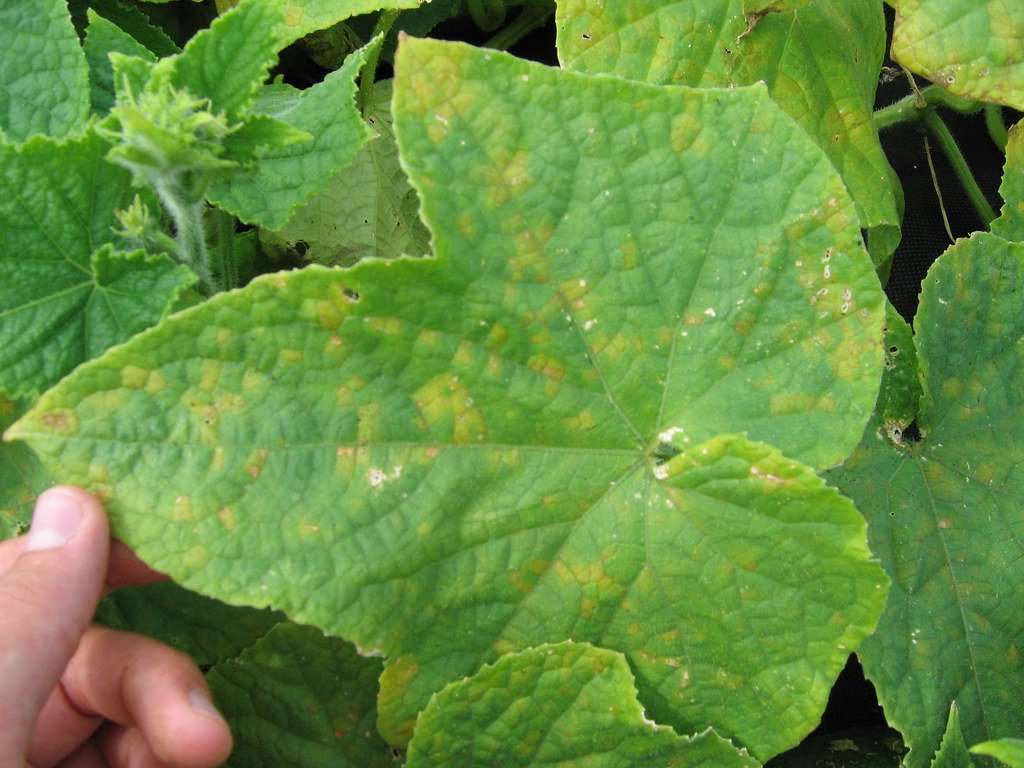
Leaf Spot
Identification: Leaf spots are dark, water-soaked lesions on leaves. The spots may develop yellow halos and can be bordered by a darker edge.
Damage: premature leaf drop, resulting in decreased plant vigor and aesthetics.
Fix: It is highly recommended that you remove these leaves and dispose of them in the trash so that this disease can stop spreading. Keep the soil moist but not damp, as this can cause mildew. Do not get water on the foliage. If necessary, apply fungicides and avoid overhead watering.
Root Rot
Symptoms: Yellow leaves, drooping, musty-smelling soil. Identification is common in the wilting of plants, the yellowing of leaves, and the smell coming from roots. This is caused by over-watered soil and a lack of proper drainage.
Damage: Root rot results in the death of plants and stunted plant growth.
Solution: Use well-draining soil and pots with holes to promote good drainage. Let the soil dry out some before you water, and do not overwater. For more severe cases, remove and throw away the affected roots, or if this is impossible for the plant, then repot in clean soil.
Botrytis Blight
Botrytis Blight Grey mould is the most common and destructive disease of hellebores. It grows well in cool, damp environments.
Symptoms: It results in leaf and flower blight, which causes wilting and eventually dies back. Once infected, plants are weakened and vulnerable to other problems.
Solution: Increase air circulation and reduce humidity around plants. Prune any infected plant material and dispose of it in the trash. Fungicides and proper care of the host plant can prevent additional infections.
Houseplant Insects Prevention Tips
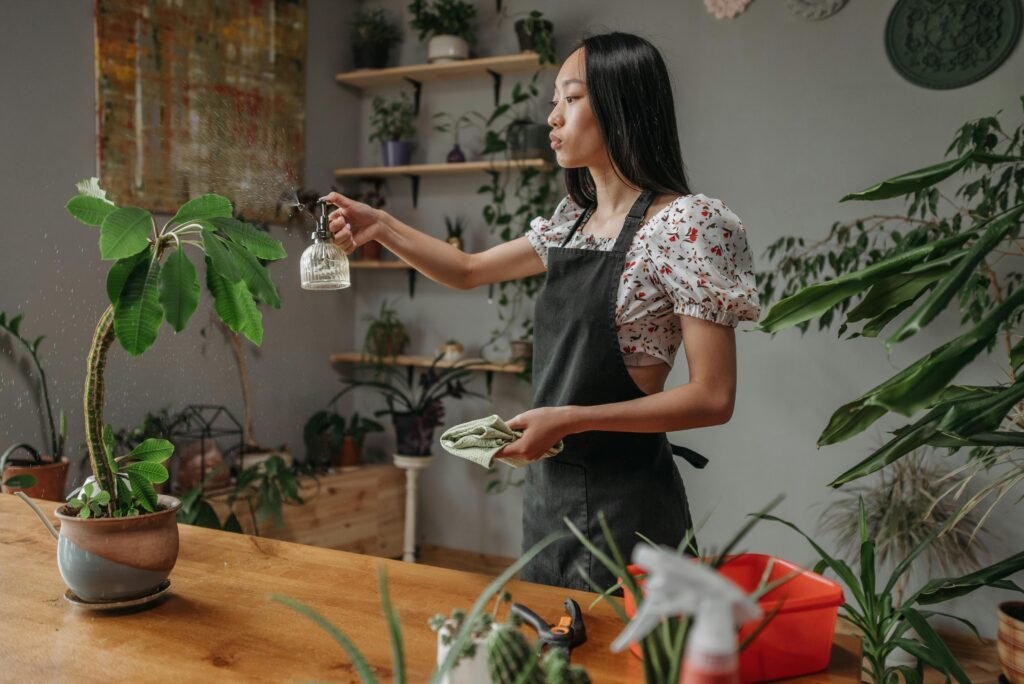
Check Regularly: Check your plants regularly for signs of insects and diseases. Catch the issues early, and you can address them before they turn into big problems.
Healthy Living: Cultivate a plant-based healthy living environment, ensuring ample light, not too much water, and good air circulation. Do not place plants in super-humid or doughty areas.
Keep New Plants Quarantined: Whenever you bring home new plants for your house, do not add them directly to the plant family, as they may have certain pests or diseases associated with them from before.
Keep Things Clean: Remove fallen leaves, spilt soil, and other debris from the area surrounding your plants. Clean pots and equipment. Consistently clean the pots to prevent the spreading of pathogens.
Watering: You should not water your ivy too much, and you need to have a hole at the bottom for drainage so that excess water does not accumulate within the soil, causing root rot, among other problems. Potting soil that drains well and pots with bottom holes.
Wilted Debris: Prune and groom wilted debris on plants. This discourages the spread of pests and diseases and improves or maintains the health of your plants.
So, in short, if you want your little indoor garden to thrive instead of withering away, it is necessary to know how to manage both houseplant insects and diseases better. The threat, while these pests and pathogens, can be dangerous for your plants, so detecting them early on in the treatment is more effective, and time interests stop widespread damage. Invasion of houseplant insects like aphids, spider mites, and mealybugs that feed on plant sap results in wilting and yellowing leaves. Furthermore, diseases such as powdery mildew, root rot, and leaf spot are more likely to take hold in the weakened plants that result from an insect infestation, often setting them on injured plant parts. Read more about insects and diseases here.
You can also feel safer against the risk of houseplant insects and diseases by checking your plants often, treating them well with adequate care, and promoting a safe growing environment. Be it using natural pesticides like neem, helpful bugs, or chemical repellents, the sooner you act, the better. If done correctly, they will flourish and be parasite-free all year round. Prevention is key, monitor and provide the best conditions for your plants so you do not have to worry about having any houseplant insects or diseases in your indoor space.
Most Viewed
Latest Articles



